CSotD: Looking Back A Century
Skip to commentsE.A. Bushnell gets to lead off as we look back at the holiday — some were still calling it “Decoration Day,” others “Memorial Day” — a century ago, because he did more than a pro forma mandatory holiday cartoon.
It’s sentimental, certainly, but he put some work into it, which suggests he took the job seriously.
I couldn’t find more than a last name for “Ramsey,” staff artist at the Dayton Herald, but, while this is more an illustration than a cartoon, it’s worth pointing out the nurse, because WWI veterans who became the American Legion also campaigned for a memorial to honor the nurses who had worked overseas during the war.
It doesn’t appear to have happened, but among the “lest we forgets” of the day, we should remember that women of war were not ignored, passed over or forgotten a century ago by the men who had fought in the trenches.
And it’s also interesting to note the poppies blanketing the graveyard in Ding Darling‘s cartoon, in case you thought that 1917 poem only became significant in later years.
Magnus Kettner also features flowers, though not poppies, in what is certainly one of the first cartoons to feature a flyover.
And Gaar Williams adopts what is a more familiar motif today in comic strips than editorial cartoons, featuring his established John Q Public figure as a graveside mourner.
Clifford Berryman takes a stark, plain route, bringing in past wars as well as the one currently in armistice and therefore not officially over yet.
That factor — that the Allies were still waiting for Germany to accept surrender terms, Wilson was in Europe and visited battlefield graves in France and American soldiers remained overseas pending a final peace treaty — makes this second Ding Darling cartoon particularly appropriate.
Bob Satterfield took a more whimsical look at the holiday, with veterans of the past wars chuckling over the romantic notions of a young boy. Perhaps he took seriously the idea that this had been the War to End All Wars.
Though in a cartoon not geared for the holiday but which appeared in several newspapers that day, Satterfield notes the rise of Bolsheviks which had ended Russia’s participation in the war and was about to kick off a Red Scare in the United States.
Magnus Kettner had also noted the Red Menace that week.
J.B. Fitzmaurice takes a more whimsical view of the rivalry between capitalists and proletariat, which may be explained, I suppose, by the fact that, while popular in the US, he was based in Canada, where they don’t seem to panic quite so readily.
I was a little surprised at the number of papers which published on Memorial Day, until I remembered that it was not a federal holiday until 1971. We certainly took it seriously before then, but I see in the 1919 papers that there were stores that had sales, and others that took some pride in shutting their doors for the day.
I also see a nation that was only just beginning to transition from war to peace.
And one that still had miles to go, and promises to keep.
But that’s a long story for a whole other day.
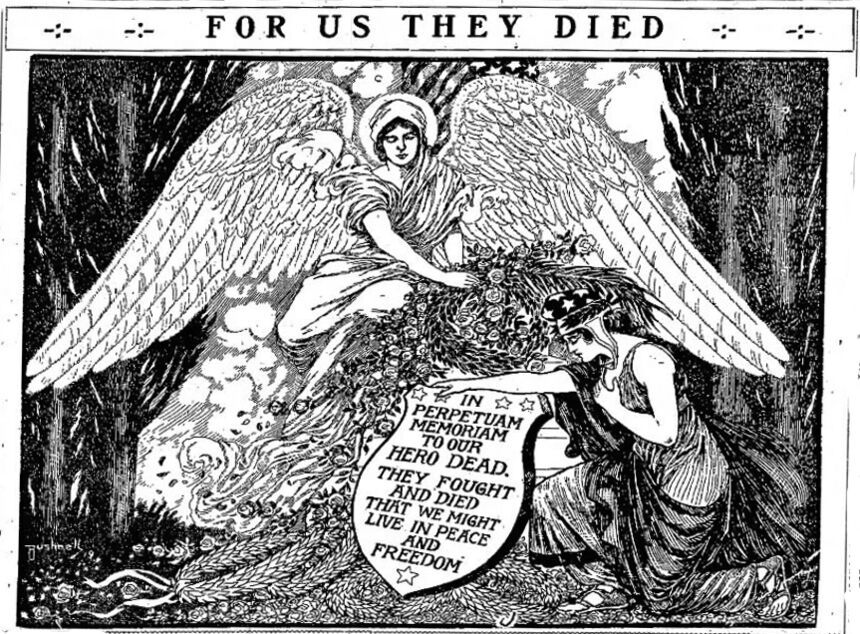
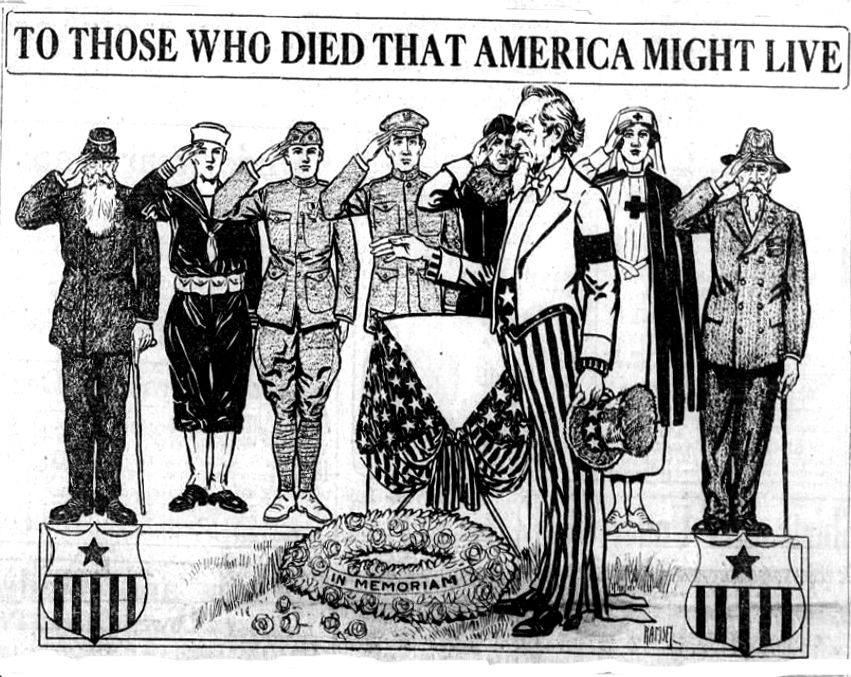
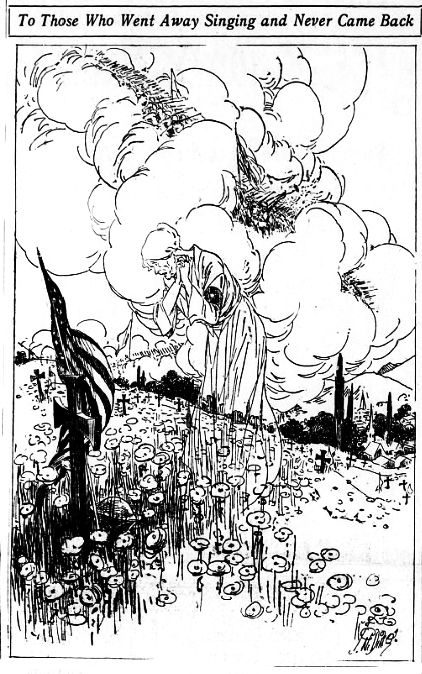
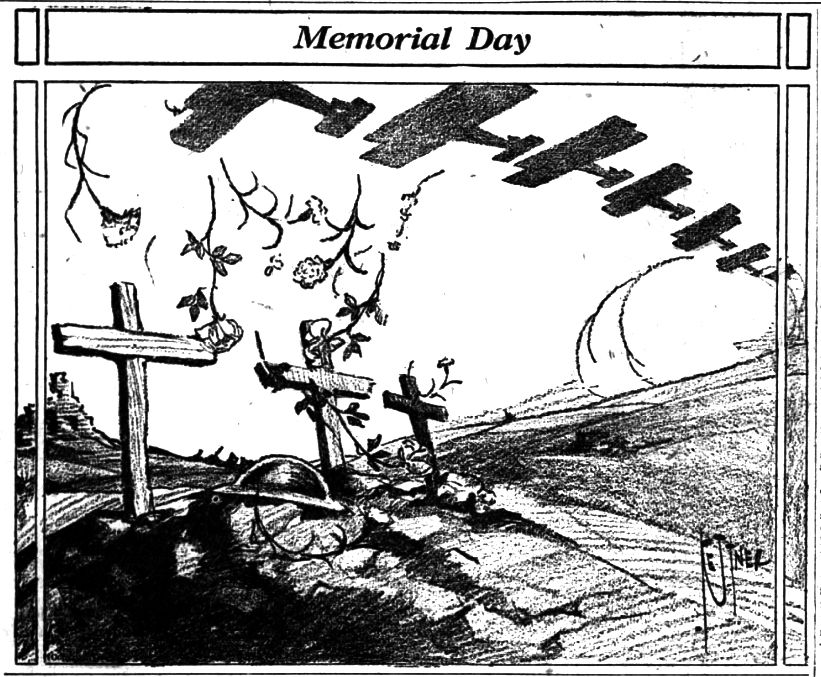
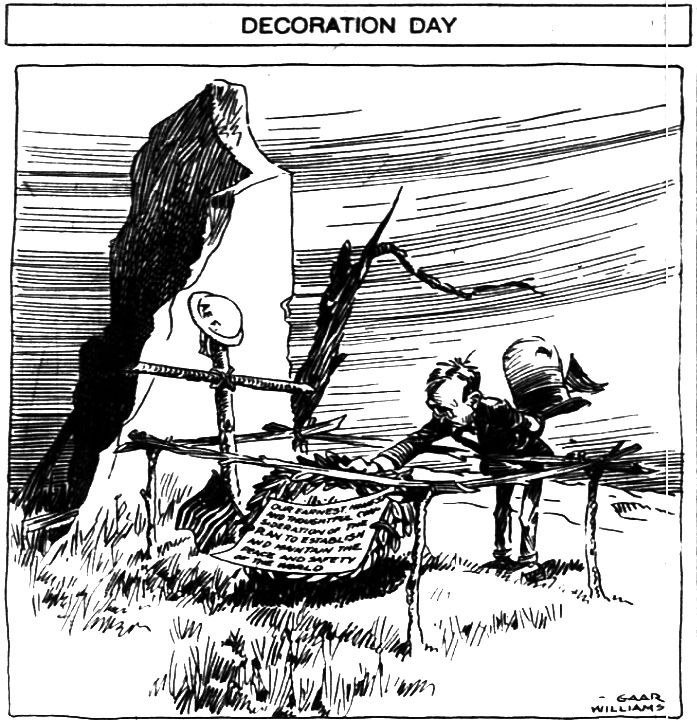
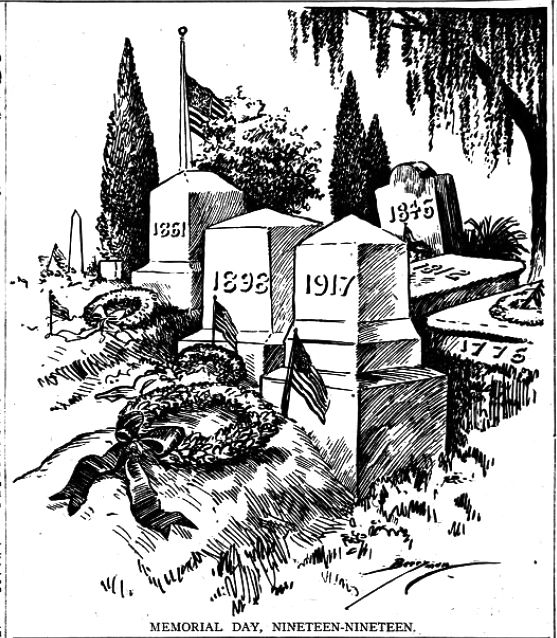
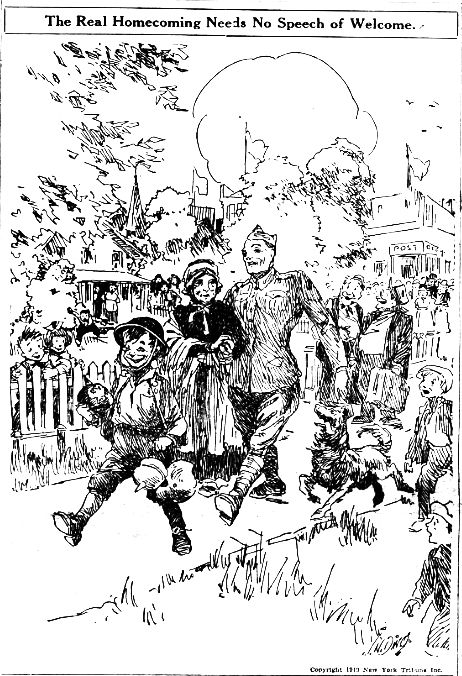
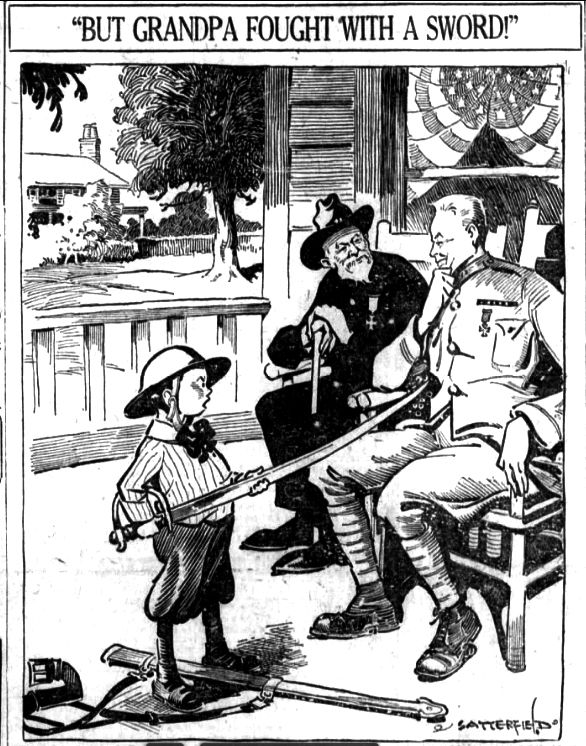
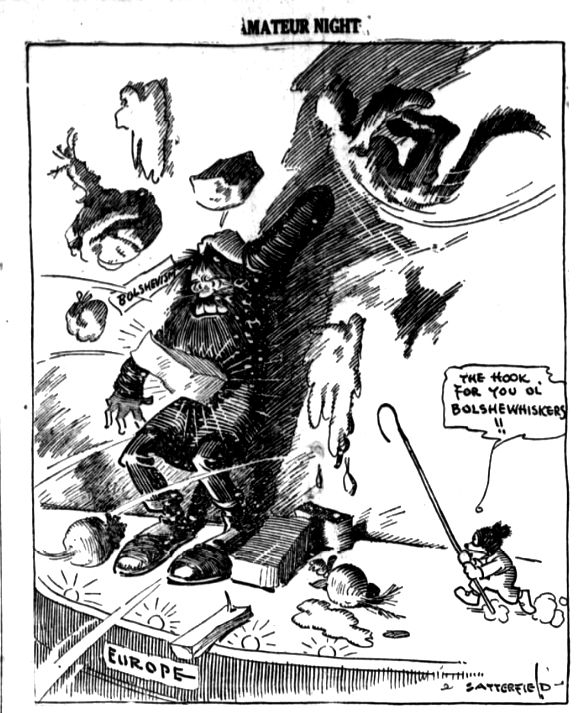
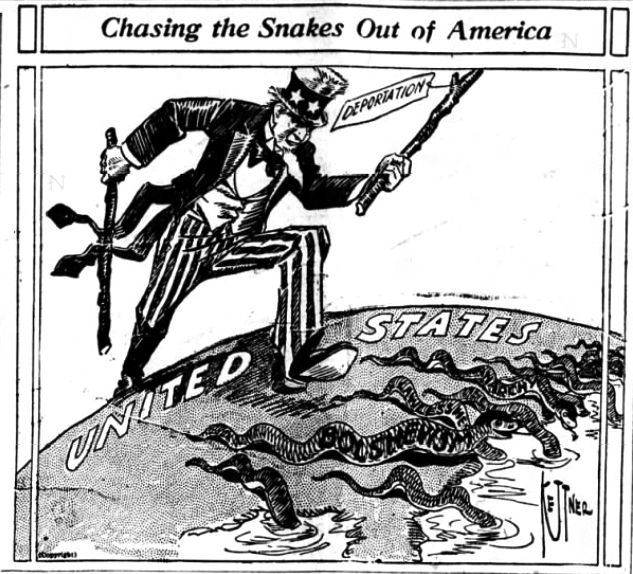
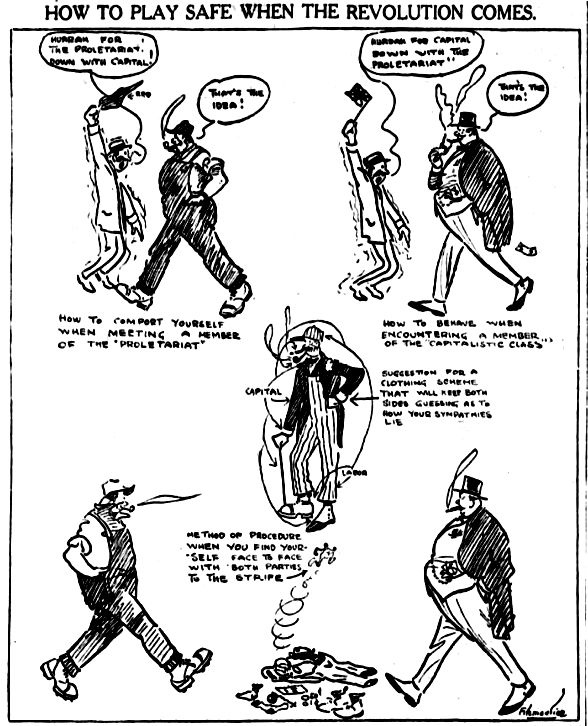


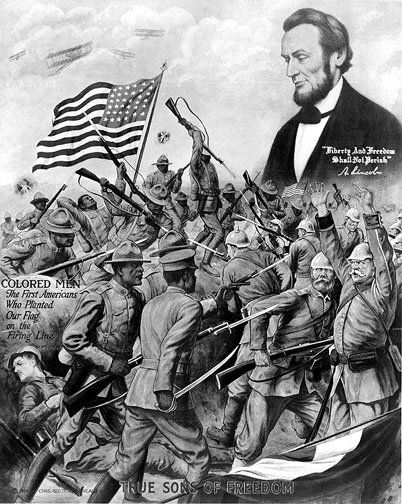
Comments 5
Comments are closed.